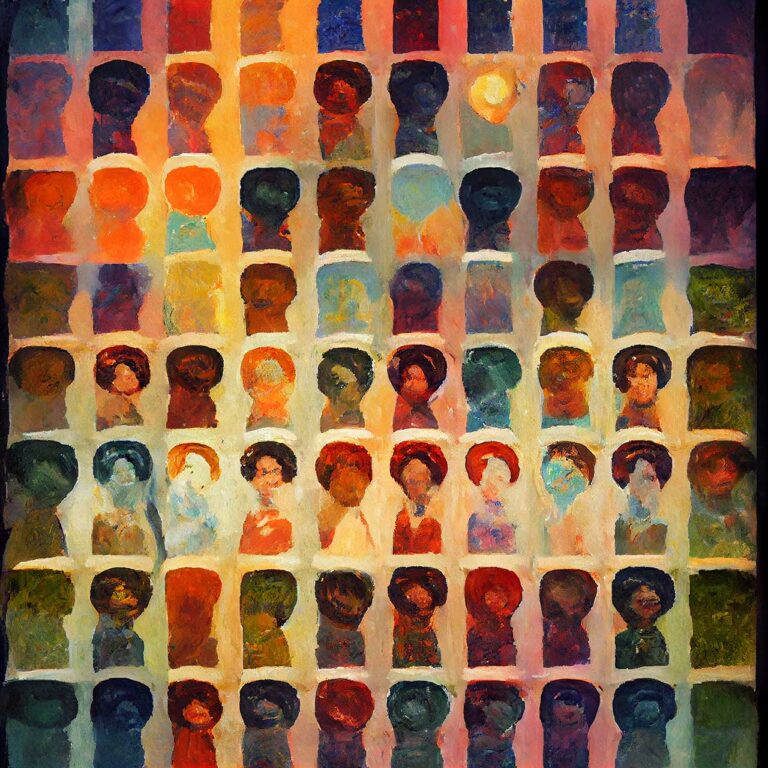Students as creators
Learning by Making
“A shift is taking place in the focus of pedagogical practice on university campuses all over the world as students across a wide variety of disciplines are learning by making and creating rather than from the simple consumption of content….University departments in areas that have not traditionally had lab or hands-on components are shifting to incorporate hands-on learning experiences as an integral part of the curriculum. Courses and degree plans across all disciplines at institutions are in the process of changing to reflect the importance of media creation, design, and entrepreneurship.”(1)
The Process
The act of creation involves a thinking process that is based on one’s capacity to understand and synthesize existing ideas and combine them in new ways. This process requires that the individual spend time critically thinking, reflecting, reacting and using imagination. It also requires some amount of innovation, divergent thinking and creative risk taking.
Those familiar with Bloom’s Taxonomy remember that evaluation and creation are considered higher-order critical thinking elements of the classification system. Some folks argue that the traditional structure of learning be turned upside-down (2)(3) so that through the creative act, students solidify and strengthen understanding through spending more time in investigation and idea revision. Whether the creative act takes place as a demonstration post-knowledge gathering or as an initial foray into inquiry and discovery, involving students in the creative process certainly fosters a deep understanding of connections and meaning making within the knowledge domain.
“many teachers feel students never truly arrive at ‘understanding,’ they are often stuck at ‘remembering.’ This means they never reach higher-level thinking.” (3)
The Product
Student-centered projects are often iterative and collaborative and include things like students designing experiments, students creating video or audio presentations to share on a public blog, or using alternative presentation formats such as Prezi or augmented reality. More ideas for technology you can have students create with can be found at: https://ctl.uaf.edu/online-training/grow-skills/
The Start
If you’re thinking about challenging your students to create, it’s a good idea to become very familiar with the process yourself first. Poll your students for what they would rather do; would they prefer to write a standard research paper or would they rather create a multimedia presentation? Gather resources for students to use if the product they are creating involves technology. Try one idea at a time in class to see how it goes, don’t expect it to be perfect the first time and take notes for modifications for next time.
When students are involved actively and creatively in the learning process, the project they work on might be their most memorable learning experience from college. What was your favorite assignment that you were given in your studies?
Reference
- NMC Horizon Report 2014 – Shift from Students as Consumers to Students as Creators – https://www.nmc.org/pdf/2014-nmc-horizon-report-he-EN.pdf
- Flip This: Bloom’s Taxonomy Should Start with Creating – https://blogs.kqed.org/mindshift/2012/05/flip-this-blooms-taxonomy-should-start-with-creating/
- Learning by Creating: Turning Bloom’s on It’s Head – https://blogs.techsmith.com/for-educators/blooms-learning-by-creating/



